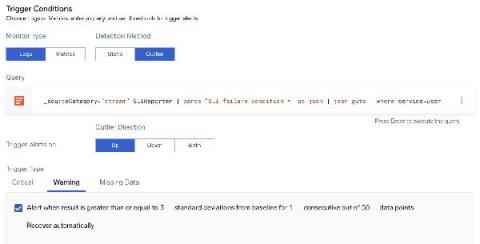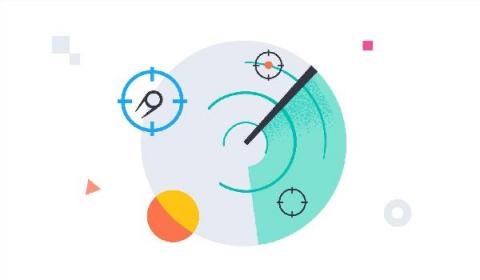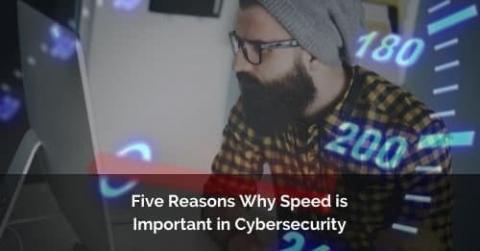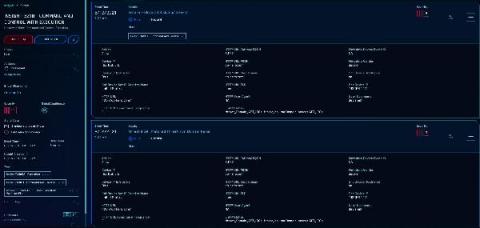Security | Threat Detection | Cyberattacks | DevSecOps | Compliance
Latest News
Elastic on Elastic Series: Data collected to the Infosec SIEM
The Elastic Infosec Detections and Analytics team is responsible for building, tuning, and maintaining the security detections used to protect all Elastic systems. Within Elastic we call ourselves Customer Zero and we strive to always use the newest versions of our products.
Leveraging Threat Intelligence and SIEM to See the Big Picture
Can you recall exactly how good or bad your vision was following your last eye exam? Most of us can’t. A casual poll around the office showed that many people focus only on whether our eye doctor says we need an updated prescription for glasses or contacts. Often, we walk away with a new script but without a clear understanding of our overall eye health, i.e., whether our eyesight got better or worse since the previous visit.
Modernizing SOC and Security
Deterring ransomware for state and local government
According to FBI Director, Christopher Wray, when it comes to ransomware disruption and prevention, “...there’s a shared responsibility, not just across government agencies but across the private sector and even the average American.” At Elastic, we’re here to help state and local governments. Ransomware attacks cost the U.S. government more than $18.9 billion in 2020 alone.
Five Reasons Why Speed is Important in Cybersecurity
Usually, when it comes to cybersecurity spending, people tend to try to calculate risk, savings on breach costs, compliance gaps, reputation costs. Those are all very relevant, but it turns out that for the business, one of the most important aspects of cybersecurity is speed. Below are five different aspects of speed by which a cybersecurity solution (e.g. a SIEM) should be evaluated.
How SMART are your security program KPIs?
Disrupt Your SOC or Be Disrupted
Elastic on Elastic: Deep dive into our SIEM architecture
The Elastic Infosec Detections and Analytics team is responsible for building, tuning, and maintaining the security detections used to protect all Elastic systems. Within Elastic we call ourselves Customer Zero and we strive to always use the newest versions of our products.








